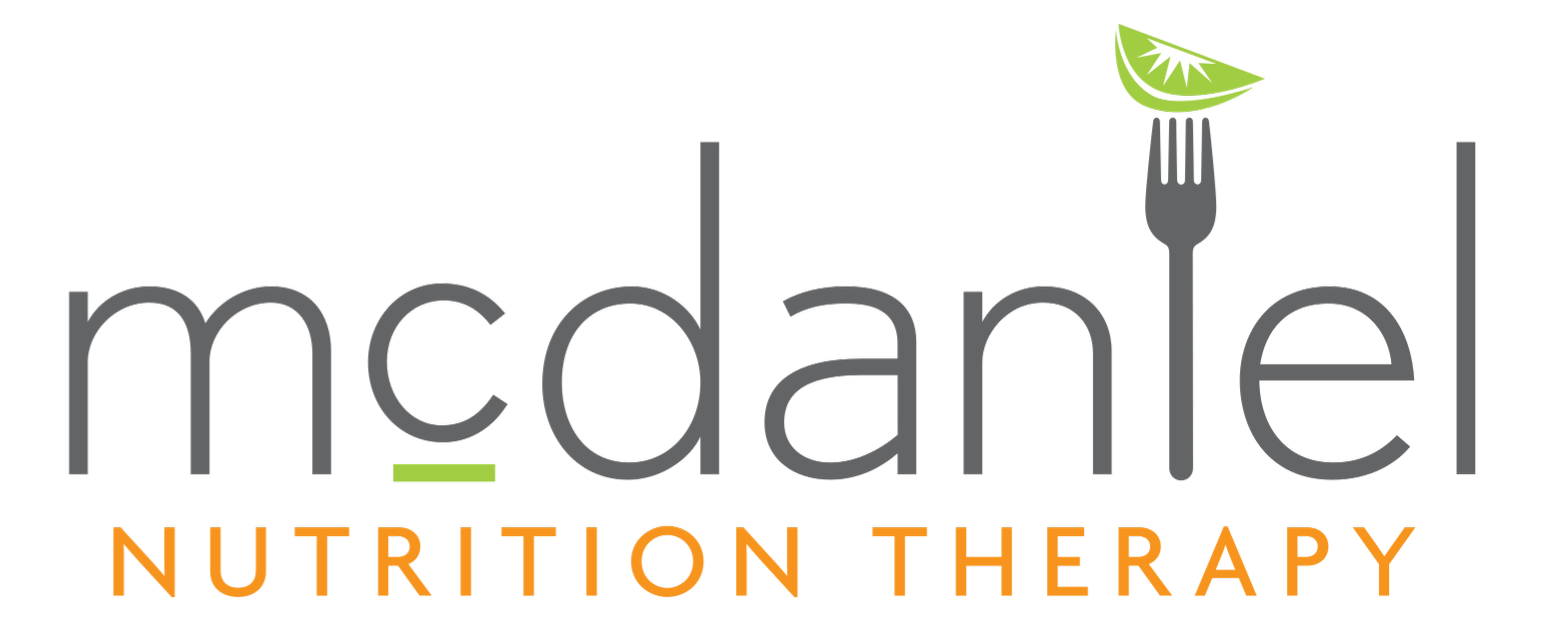
Protein has long been hailed as a crucial nutrient, often draped in a health halo for its numerous benefits. Recently, my interest in this nutrient has surged, especially in understanding its role in the aging process and how much is needed, particularly for women going through menopause.
As dietitians, we often assess needs based on body weight, which is also how the recommended dietary allowances (RDAs) were established. However, it’s important to note that most RDAs aim to prevent disease rather than optimize health.
Most people need more, but how MUCH more?!
The Importance of Protein with Aging
Protein is essential for maintaining muscle mass, bone health, and various biological processes in the body. But if you’re 40 or older, how much do you really need? And do you need to meticulously track every nutrient using apps like MyFitnessPal to ensure you’re getting enough?
Finding Your Sweet Spot
It might be insightful to track your intake for a day to understand your intake, but most people don’t fall short. Or if they do fall short on occasion, the magnificent body knows how to adjust. For most of my female clients, I recommend a range tailored to their specific needs. This range typically falls between 1.2 and 2.0 grams per kilogram of body weight, depending on factors like:
- dietary preferences
- source (animal vs. plant proteins)
- body weight
- practicality of protein intake
- training goals
- and ensuring a balanced intake of other important nutrients.
For a 150# woman, 1.2 gram/kg would be 82 grams of a day.
Whole Foods First

If I do identify that a client isn’t eating enough protein, the first step isn’t to reach for a protein pop tart. Instead, we aim to increase the intake of whole food protein sources such as eggs, Greek yogurt, fish, chicken, beans, tofu, quinoa, nuts/seeds and edamame, etc. While processed sources like protein powders or high-protein waffles can be convenient, they are generally more for ease than necessity. Personally, I add protein powder to my smoothie for convenience.
Simplifying Your Intake
You don’t need to drive yourself crazy with a dietary analysis programs to know if you’re getting enough protein. Including a source of protein at most meals usually means you’re doing well. One of our dietitians likes to use a quick general guide:
500 calories meals: 20-30 grams of protein
250 calorie snacks: 10-15 grams of protein
Previous science suggested equal protein distribution across meals, but updated research shows that consuming a larger amount at one meal and less at another can be just as effective to support muscle protein synthesis (MPS). So another words, you don’t have to balance it perfectly, but there are benefits to having it at meals such as supporting blood sugar control and satiety.
If you strength train and see gains over time, you’re likely getting enough. Certain situations, such as starting weight loss injectable or initiating a new weightlifting program, may increase needs to prevent muscle loss or support muscle growth.
Avoiding High-Protein Processed Foods
Ultimately, I don’t recommend highly processed foods like Quest’s high-protein potato chips or protein pop tarts to meet your needs. Just because a food contains this nutrient doesn’t mean it’s nutrient-dense (or worth the price point!). I advocate for less processed sources that provide not just protein but other essential nutrients and satisfaction as well. So, feel free to enjoy your cottage cheese ice cream—I’ll be sticking with the occasional Ted Drewes custard.

